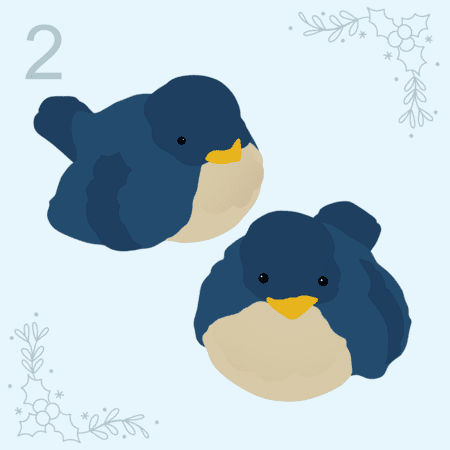
 604 465 4322
604 465 4322General Store Site 12294 Harris Road Pitt Meadows, B.C.
Click Here for Directions& Visiting Hours

12 Days of Christmas - Day Two
On the second day of Christmas my Museum showed to me two Birdie shakers!
We think that these two little birds are cuter than two turtle doves!
Birds are often viewed as symbols of happiness and joy by many cultures. In Scandinavia birds are fed on Christmas Day to ensure good luck throughout the new year. Some people view the symbolism of bird’s nests as ties to the home and view them as good luck symbols. Maybe this is why birds are featured in 5 of the 12 days of Christmas items.
In Britain, the Robin is strongly associated with Christmas and winter. In the 19th century, postal workers dressed in red uniforms, and they began to be called “robins”. As postal delivery increased during the wintertime and Robins were one of the few birds to remain in Britain in the wintertime, they became synonymous with Christmas and Winter. This led to depictions of robins on Christmas cards and wrapping.
In Victorian Britain in the 1880’s we began to see a very peculiar trend (at least in modern terms) of Christmas cards with pictures of dead birds on them. Victorian cards generally tend to be on the weirder side as we have seen images of frogs, bugs, and even terrifying snowmen, but the image of a dead bird must be one of the stranger ones. The cards were used to call sympathy to those less fortunate than ourselves since what is more fragile than a bird, and it reminds us that this is a time for giving. The dead birds were also seen as a symbol of good luck, since it was a good-luck ritual to kill a wren or a robin in December.
What Christmas symbols are your favourite?





